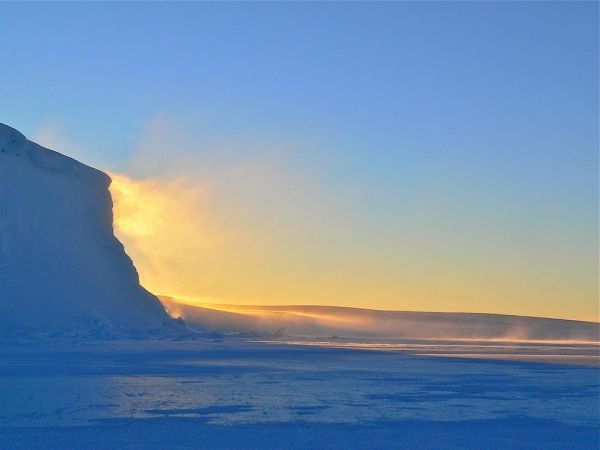Our planet is warming due to anthropogenic greenhouse gas emissions; but the warming differs from region to region, and it can also vary seasonally. Over the last four decades scientists have observed a persistent austral summer cooling on the eastern side of Antarctica. This puzzling feature has received world-wide attention, because it is not far away from one of the well-known global warming hotspots – the Antarctic Peninsula.
A new study published in the journal Science Advances by a team of scientists from the IBS Center for Climate Physics at Pusan National University in South Korea, Nanjing University of Information Science and Technology, NOAA Geophysical Fluid Dynamics Laboratory, University Corporation for Atmospheric Research, Ewha Womans University, and National Taiwan University, uncovers a new mechanism that can explain the regional warming/cooling patchwork over Antarctica. At the heart of the mechanism are clusters of rainfall events in the western tropical Pacific, which release massive amounts of heat into the atmosphere by condensation of water vapor. Warm air rises over the organized rainfall clusters and sinks farther away. This pressure difference creates winds which are further influenced by the effect of earth’s rotation. The interplay of these factors generates a large-scale atmospheric pressure wave which travels from west to east along the equator with a speed of about several hundred kilometers per day and which drags along with it the initial rainfall clusters. This propagating atmospheric wave is known as the Madden-Julian Oscillation (MJO), named after Roland Madden and Paul Julian, who discovered this phenomenon in 1971. The characteristic atmospheric pressure, convection and wind anomalies, which fluctuate on timescales of 20-70 days, can extend into the extratropics, reaching even Antarctica.
The international research team arrived at their conclusions by analyzing observational datasets and specially designed supercomputer climate model simulations. “Our analysis provides clear evidence that tropical weather systems associated with the Madden-Julian Oscillation can directly impact surface temperatures over East Antarctica.” says Prof. Pang-Chi Hsu from Nanjing University of Information Science and Technology, who co-led the study.
Read more at Institute for Basic Science
Photo Credit: MemoryCatcher via Pixabay


